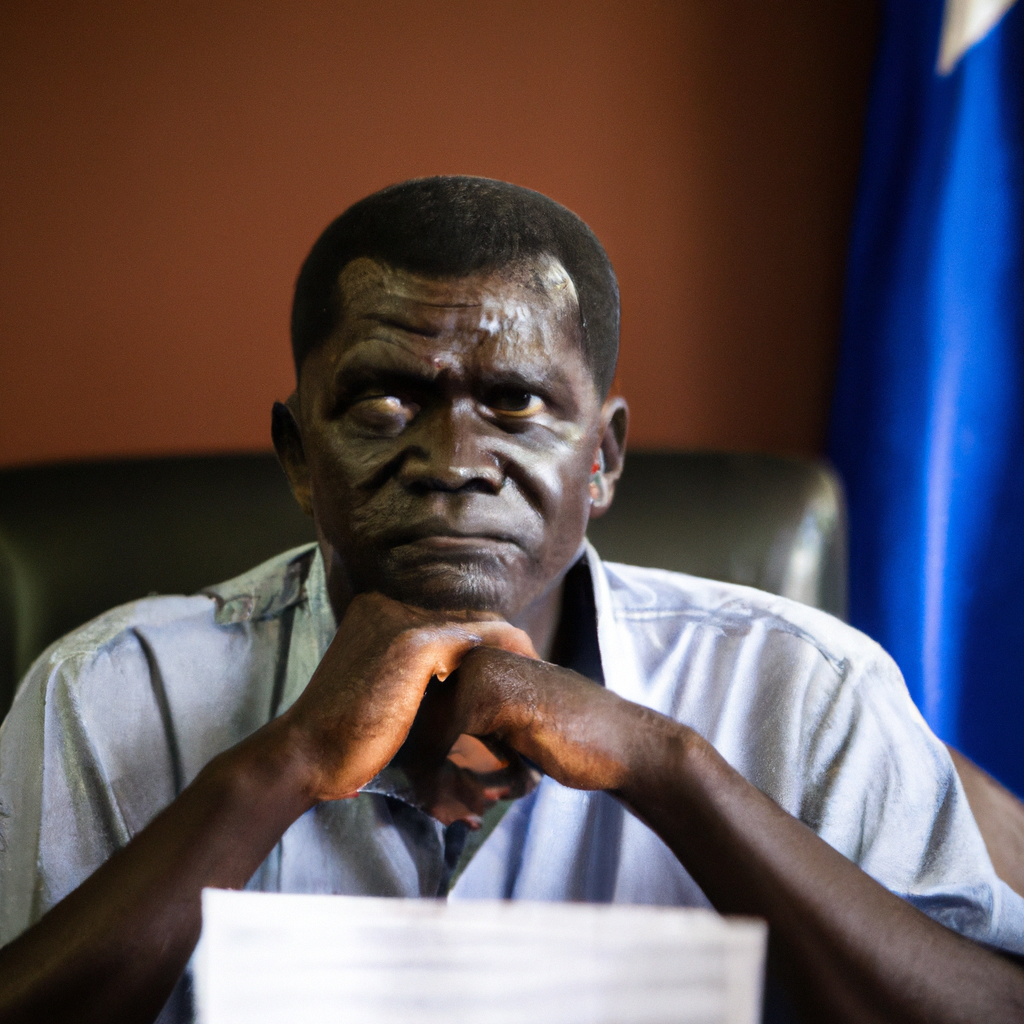In a heartwarming initiative, a group of Ugandan sisters is transforming lives through the art of quilting. This communal project, known as “Crafting Hope,” not only provides economic opportunities but also fosters emotional healing in the community. By stitching together fabrics, these women are weaving a tapestry of resilience, showcasing traditional Ugandan patterns and colors. The initiative has gained traction, attracting attention both locally and internationally for its creativity and social impact. Through their quilts, the artisans are sharing their stories, preserving cultural heritage, and supporting each other in times of need.
Growth of the Quilting Initiative
The sisters, who come from various regions in Uganda, were inspired by the country’s rich textile traditions and the need for sustainable livelihoods. They started by hosting workshops that welcomed women from different backgrounds. The sessions emphasize skills building in quilting and entrepreneurship, enabling participants to create unique quilt designs that reflect their experiences and heritage. Each completed quilt tells a story, celebrating Ugandan culture while providing a source of income for the creators.
The initiative has also garnered support from organizations focused on women’s empowerment. Partnerships with local NGOs have resulted in financial assistance, allowing the group to purchase quality materials, expand their workshops, and reach more aspiring quilters. As a result, they are not only preserving traditional crafts but also fostering a new generation of artisans who can contribute to Uganda’s economy.
Achievements in the Community
The impact of “Crafting Hope” goes beyond economic benefits. The workshops serve as a safe haven for women, offering a space to share their challenges, experiences, and hopes. Many participants report feeling a sense of belonging and empowerment, which contributes to their overall well-being. The act of quilting becomes therapeutic, allowing individuals to express their emotions and heal from personal traumas.
Additionally, the initiative has seen success in showcasing their quilts at local markets and fairs. This visibility has opened doors for collaborations with local boutiques and international buyers, which has increased the value of the products. Quilts crafted by these sisters are now sought after, with some being used as decorative pieces while others are cherished as functional art within Ugandan households.
Cultural Significance and Environmental Impact
Another significant aspect of this quilting initiative is its commitment to environmental sustainability. The sisters utilize recycled materials, including leftover fabric and old clothing, reducing waste while promoting an eco-friendly approach to crafting. This effort resonates well with the growing consciousness around sustainability in Uganda and beyond.
Furthermore, the quilts often feature traditional motifs and symbols that narrate Ugandan folklore and history. Each design is not only visually appealing but also serves an educational purpose, introducing those who purchase or view the quilts to Uganda’s rich cultural landscape. By blending art and storytelling, these artisans are ensuring the preservation of their heritage for future generations.
In the broader context of community development, “Crafting Hope” sets an example of how creative initiatives can drive social change. It highlights the importance of supporting local crafts and artisans, which can fundamentally alter the economic landscape for many families. Through quilting, these sisters are building a future that values cultural heritage, economic empowerment, and community solidarity.
Conclusion and Future Prospects
As the “Crafting Hope” initiative continues to grow, the implications for Ugandan society are profound. The initiative not only enriches the lives of the artisans but also strengthens community bonds and encourages female entrepreneurship. Looking ahead, there are plans to establish a more structured organization that could expand its reach and impact even further.
This collective effort underscores the vital role of arts and crafts in cultural preservation and socio-economic development. By turning their passion for quilting into a livelihood, these Ugandan sisters are setting a powerful example of how creativity can indeed stitch lives together, promoting hope and resilience in the face of adversity. As they continue to quilt their stories, they invite others to join them on this journey of empowerment and transformation.










